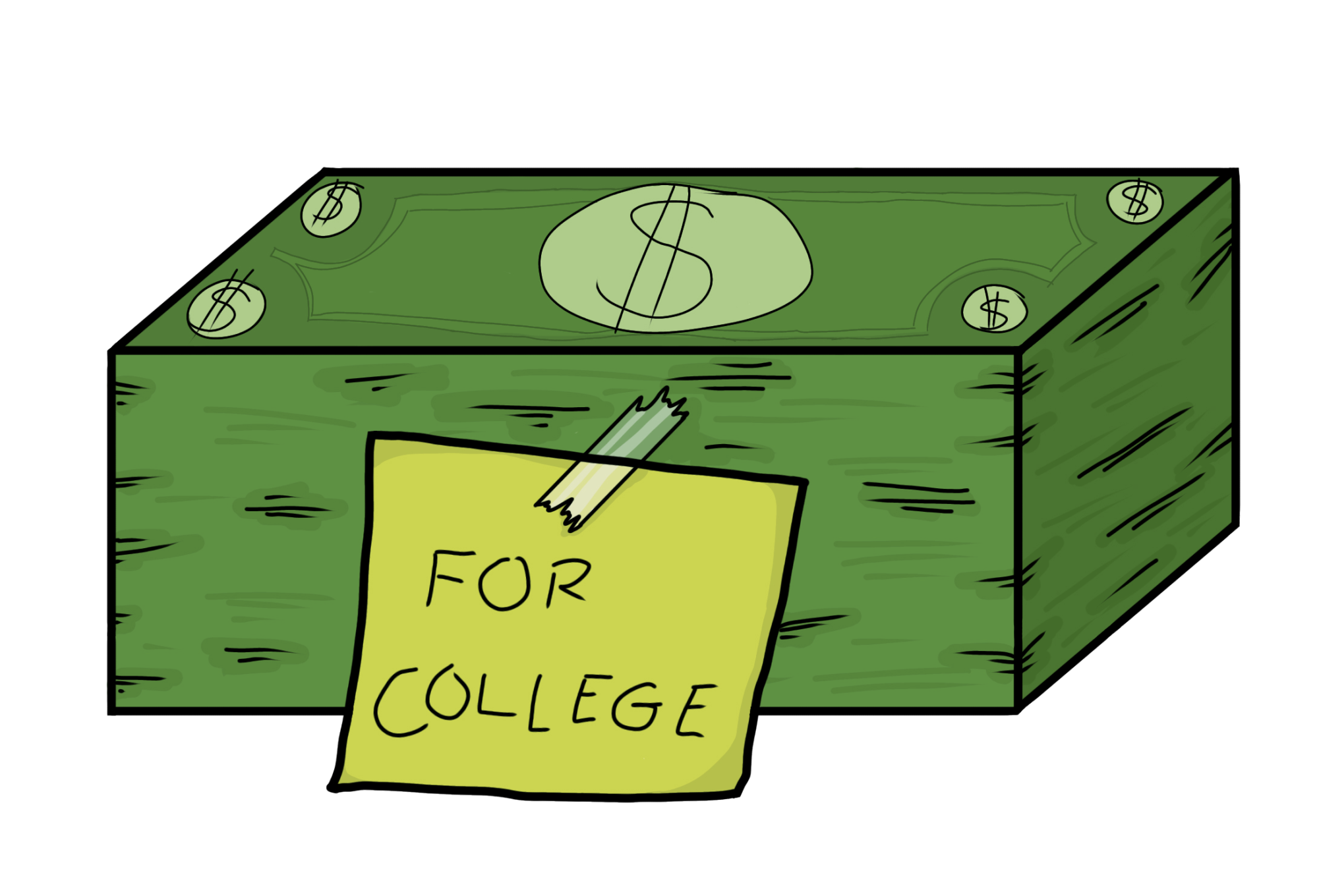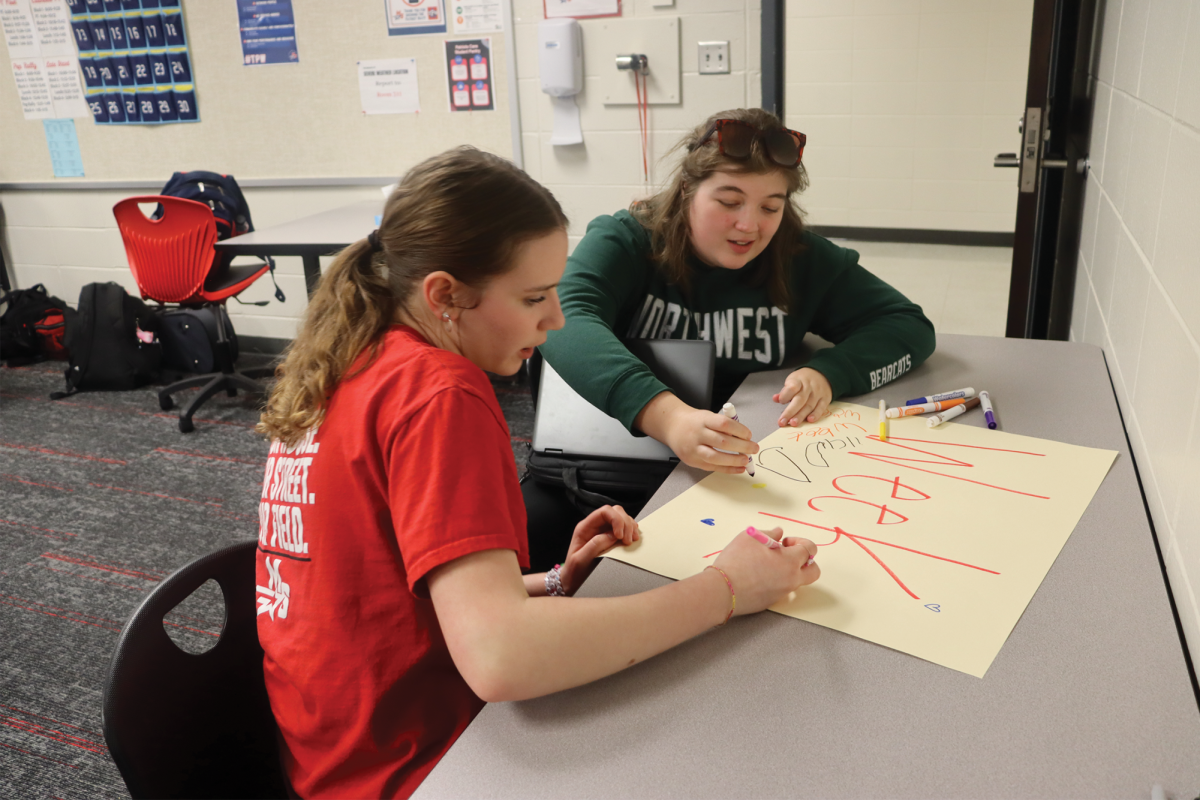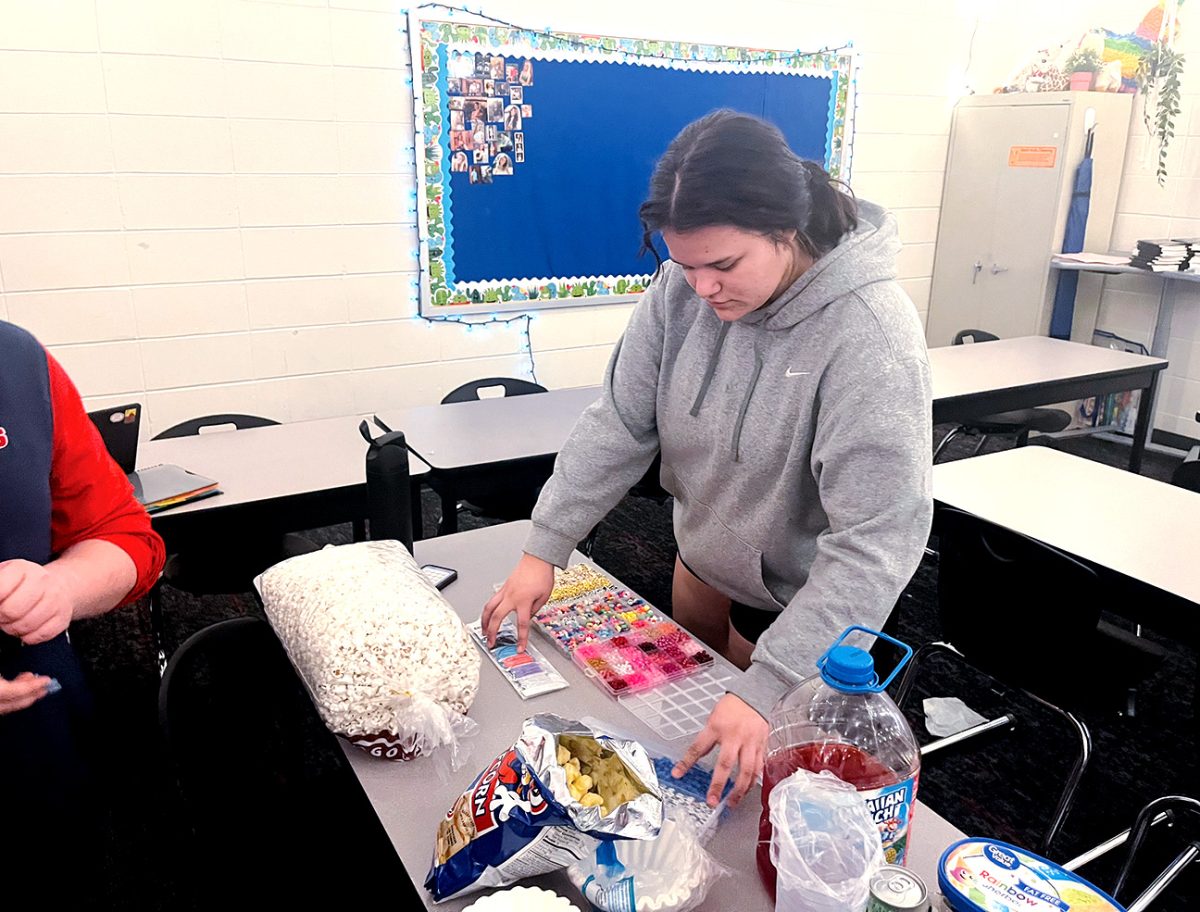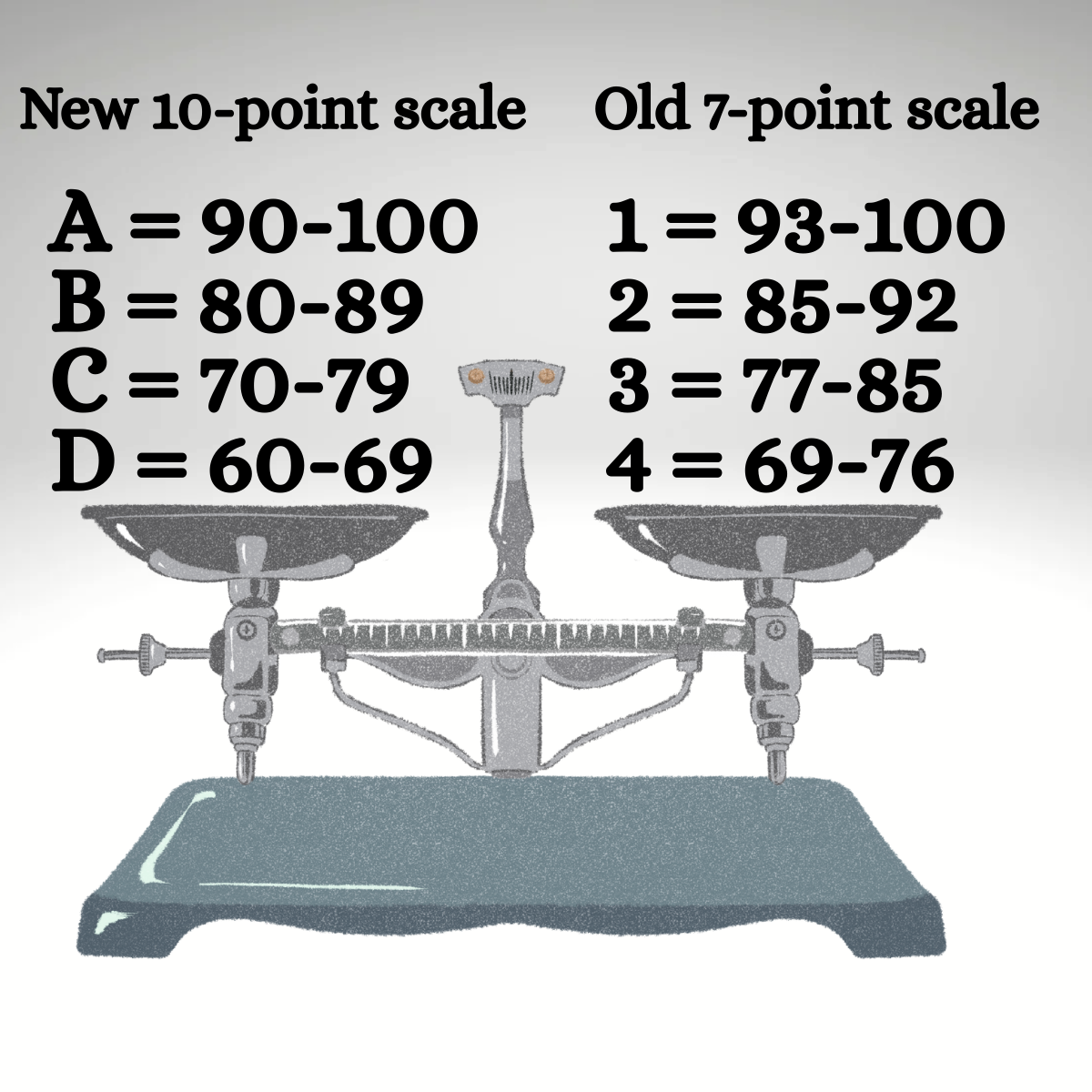In the 2020-2021 application cycle, 17.8 million students went through the tedious process of answering upwards of 100 questions in order to submit their Free Application for Federal Student Aid (FAFSA).
But with the 2024-2025 cycle came some significant changes: fewer questions, frequent website shutdowns due to maintenance, and a three-month opening delay.
“The FAFSA was very different than I though it was going to be like. I thought the questions were going to be more detailed,” senior Chloe McBreen explained.
Similarly, Corinne Wells was also surprised at the simplicity of the questions.
“I honestly expected it to be a little more difficult to complete, but it wasn’t too bad. Other than that, the information I had to enter was pretty much what I expected,” Wells said.
Even though the class of 2024 did not have to answer as many questions as last year’s seniors, students still had major troubles with the FAFSA.
“I would try to fill out [the FAFSA] anytime I was home. One time, I checked the website and it was up and working. Then, I drove home and told my Dad that we should start filling it out. But even after only 10 minutes, the website was down again,” McBreen stated.
Due to numerous changes to the FAFSA, the form’s release was significantly delayed, eventually opening up to students in late December 2023 rather than early October 2023.
However, even with the pushed back opening, the form was still not perfect. In November, the Department of Education announced the form would be “soft launched.” During this ongoing soft launch period, the FAFSA is shut down at random time periods for maintenance to improve the user experience.
In senior Braxton Greer’s experience, the FAFSA website periodically shutting down was not the only issue he faced.
“Well, it wouldn’t actually let me make an account so I had to go to a bunch of different links that went to different links that just ended up in a giant maze,” Greer recalled.
Senior Jenna Hellbusch also found seemingly random flaws while attempting to fill out the form.
“My parents had troubles with their phone numbers not matching up, even though they were matched up so they couldn’t continue the process,” Hellbusch stated.
But, there was also a $1.8 billion issue with the FAFSA regarding the Department of Education failing to recognize inflation. When inflation isn’t considered, students would be forced to pay more for college when they realistically don’t have the extra money.
This issue had the ability to affect hundreds of thousands of students, making them unable to qualify for as much Pell Grant aid or not qualify for any Pell Grant funds at all.
After much debate over whether or not to account for inflation, the U.S. Department of Education confirmed in late January that it plans to adjust its metric, considering inflation this time, for how much aid students qualify for when they fill out the form. Fortunately, students who have already submitted their FAFSA will not have to redo their form due to this problem.
With the department now paying attention to inflation, the senior class will be granted an additional $1.8 billion in federal student aid.
Historically, colleges and universities typically begin receiving applicants’ financial information in late January.
However, as a result of this major setback, completed FAFSA forms will not be processed nor sent to students’ selected schools until mid-March, as announced on Jan. 30 by the Department of Education.
Unfortunately, administrators can’t start building financial aid packages until they get information off of the forms. Additionally, seniors and their guardians won’t be able to fix mistakes on their forms until the processing occurs as well.
While there are many flaws in the situation, there are positives when it comes to the most important thing: giving students money.
According to the Federal Student Aid website, the updated FAFSA “expands eligibility for federal student aid.”
With the updates to student aid calculations, around 610,000 new low-income students will now be able to earn Federal Pell Grants. Along with this change, 1.5 million students will be newly eligible for the maximum Pell award which grants $7,395 per year. Within the last ten years, the mean FAFSA aid per full-time undergraduate student has doubled from $5,190 in 2001 to $10,590 in 2021. Despite no set number of increased aid, seniors this year should expect to receive greater amounts of money in funds than in previous years.
Other differences include an applicant’s new ability to skip as many as 26 questions. This shortening of questions is reliant on a student’s own personal circumstances and based off of their answers to previous questions. Additionally, FAFSA forms have been modified to not only be available in English and Spanish, but also the 11 most common languages spoken in America. Another major change includes the fact that students can now list up to 20 colleges to send their FAFSA out to rather than a limit of 10 schools in past years.
Most recent news claims that the 2024-2025 Free Application for Federal Student Aid cycle will come to an end on June 30th, 2025. As announced by the Department of Education near the end of January, 3.1 million students have submitted their FAFSA form so far.



















